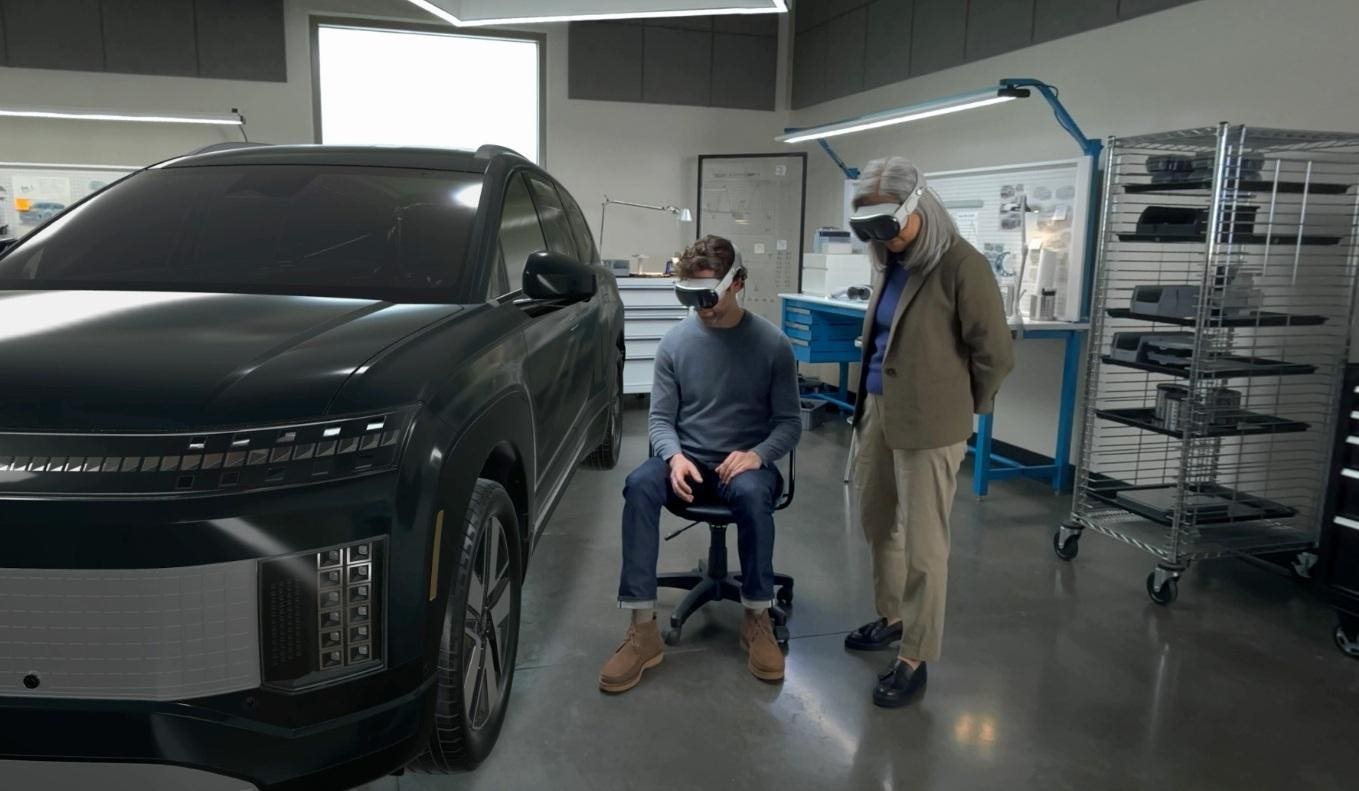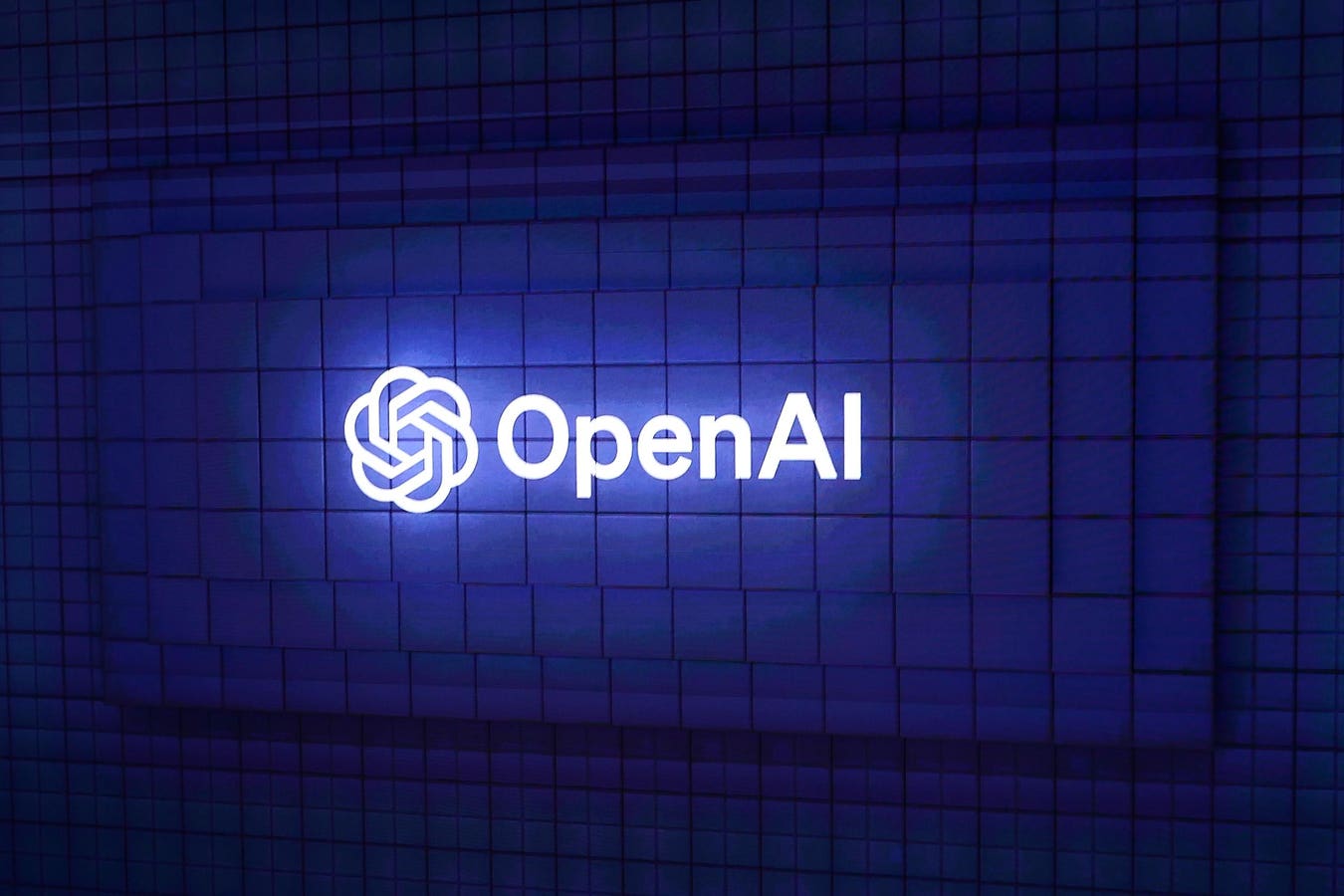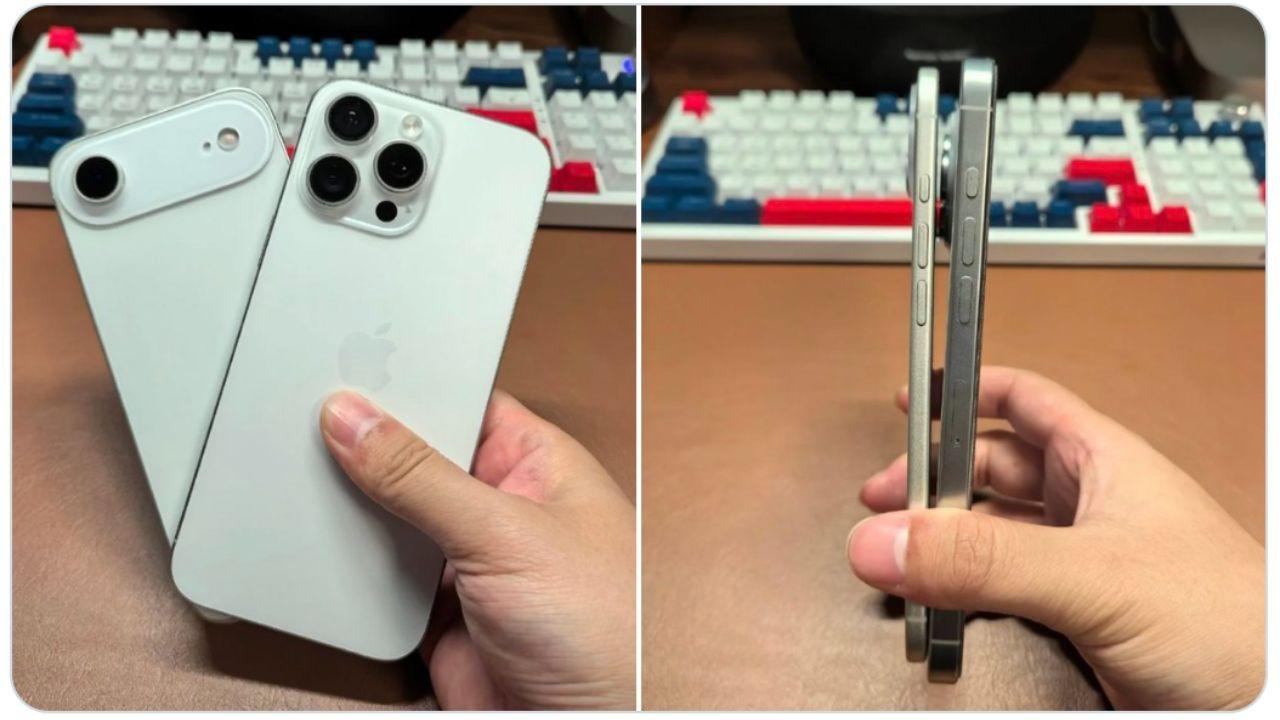Apple is touting the new multi-user and enterprise capabilities for VisionOS 26.
While everyone was focused on the big improvements to iPad OS’s multitasking at this year’s Worldwide Developers Conference, Apple snuck some of the most significant improvements into VisionOS. Not only that, but it also revealed that the new Liquid Glass design principle that will span all of its operating systems is inspired by VisionOS. I say this is probably the biggest announcement because I believe it will enable Apple and developers to build apps that are inherently more portable to spatial computing.
I would also argue that many of the announcements Apple made at WWDC outside of VisionOS found it catching up with the competition rather than breaking new ground. That’s why its spatial computing announcements for VisionOS are so important; they potentially set Apple up as a leader in the space going forward.
Spatial Widgets Fundamentally Improve The User Experience
Spatial widgets don’t seem like a big deal until you realize how they change the ground rules of Apple’s spatial computing UI. These are persistent widgets that stay anchored where you leave them, which enables you to create a truly spatial computing environment that persists until you say otherwise. Besides immediately improving usability, this means that users can customize their spatial computing experiences in any way they like — while also enabling developers to build toward very specific user experiences. I think that Apple making spatial widgets its own kind of applet will also encourage experimentation and likely create a new class of persistent spatial computing applications.
Personas Get A Significant Upgrade
Personas are Apple’s way of creating virtual avatars for users while they are wearing their headsets; they enable users to be virtually present with a high-quality scan of their faces. Apple’s initial launch of this feature was a bit rough around the edges and had some quality issues, but I would say that its second go with VisionOS 2 was a huge improvement. This next-generation upgrade to Personas has made them nearly photorealistic, and I would say this function has gone beyond the uncanny valley that has plagued most of these digital avatars.
While I haven’t had a chance to redo my Persona and experience this change myself, many of my friends have, and I must say that I’m truly impressed by how accurately their Personas depict them. Some people have also commented that this is the first time we’ve seen Apple executives like marketing chief Greg Joswiak post their own Personas online, indicating a level of confidence that had not yet been seen.
Catering To Gamers With New Support For Handheld Controllers
While Sony’s PlayStation VR2 could be considered a failure for many reasons, it does seem that Apple has decided to potentially breathe some life into that ecosystem. Apple’s new support for PlayStation VR2 controllers enables developers to finally bring games requiring controllers to VisionOS and the Apple Vision Pro headset. Currently, the Vision Pro and VisionOS work only via hand tracking, which is great for lots of things — but not necessarily gaming.
While porting a PSVR2 game to Vision Pro may not be the most straightforward thing, there may be opportunities for other games to come to VisionOS thanks to these controllers. And if you’re anything like me and feel guilty for your underutilized PSVR2 purchase, this might be a great way to make more use of the controllers. This is also the first time that Sony ever offered the controllers separately from the headset, so you don’t need to buy a whole PSVR2 kit to use the controllers with the Vision Pro. In addition to the PSVR2 controllers, Apple also announced support for the new Logitech Muse for spatial content creation. The Muse is Logitech’s stylus for spatial computing, specifically designed for VisionOS and the Vision Pro.
Spatial Scenes Enable Better Spatial Content
One of my favorite features in VisionOS 2 was the 2-D to 3-D conversion tool for literally any image. It is still one of my most-used features, and I still regard it as borderline magical for how it works. In the new VisionOS 26 — note the shift to Apple’s new year-by-year naming schema — Apple is adding “spatial scenes,” which take this conversion to an entirely new level. This feature uses Gaussian splats that create immersive 3-D scenes that incorporate more than one 3-D perspective. I believe that Apple is leaning even harder into the success of the 2-D/3-D feature, and that spatial scenes will enable VisionOS to become an even more content-rich platform. I believe this is so important because every spatial platform has suffered from a lack of content since the beginning of time.
Speaking of content, VisionOS 26 will also add support for wider-FoV content including 180-degree and 360-degree images from GoPro, Insta360 and Canon. This should make it even easier to bring existing content to VisionOS and encourage more content creators to consider these platforms as the defaults for Apple. That said, these three camera companies have been the defaults for the industry for quite some time, so it’s great to see Apple recognizing this and supporting them. I’m excited to see how some of my Insta360 footage shot in 360-degree format over the last few years looks on the Vision Pro. I know that it’s not quite the 8K content that the Insta360 One X5 can shoot, but it’s still pretty good-looking nonetheless, and the images are still very high-resolution (72MP).
Enterprise Features To Address Privacy And Spatial Sharing
While Apple did announce a slew of enterprise APIs such as the Protected Content API, there is also an “eyes only” mode that brings even more privacy protections. While the added security and privacy features are welcome, the enterprise space is also highly collaborative, which is why it’s great to see Apple finally addressing sharing in the context of spatial computing.
This means that users can finally share spatial content and experiences, whether we’re talking about professional applications or 3-D movies and games. What I like to see is that people can also collaborate on projects while adding remote participants via FaceTime. I expect that enterprise users will also appreciate the new ability to pair all these capabilities with additional enterprise license management features such as Vision Entitlement Services to streamline license status checks and app approvals.
VisionOS 26 And MacOS Introduce Better External Device Support
Last but certainly not least, Apple has brought the Mac and iPhone closer to the Vision Pro with VisionOS 26. For one thing, a user can finally unlock their iPhone while wearing the Vision Pro, even inside fully immersive experiences. This was one of my biggest pet peeves while using the Vision Pro, which has the most accurate eye-tracking available and uses iris scans for authentication — so it shouldn’t introduce any friction unlocking my iPhone while I have my headset on. Thanks to VisionOS 26, that is now true.
The VisionOS update also supports allowing phone calls to come into the headset through the iPhone so a user no longer needs to take off the headset to answer a call. There also appears to be enhanced support for streaming applications from MacOS with spatial rendering. I believe that this reflects Apple’s approach to wireless VR connectivity with MacOS, using the Mac for compute and the Vision Pro as the display. With MacOS now supporting Steam natively on Apple Silicon, we could potentially see all kinds of VR applications becoming available on MacOS/Vision Pro. This is especially important considering that Apple is going to sunset support for Intel-based Macs and will cease Rosetta 2 support after macOS 27.
Apple’s VisionOS 26 summary bento box of the latest updates
The Importance Of VisionOS For Apple, And The Importance Of AI For VisionOS
While lots of people have criticized many of Apple’s moves with iOS 26 and the Liquid Glass design (which Apple has already dialed back in the latest iOS 26 Beta), I think a lot of people outside of the spatial computing world missed how seriously Apple is taking VisionOS. If anything should be learned from VisionOS 26, it is that Apple has shown its unwavering commitment to the platform — and its investment in the platform isn’t going away anytime soon. Sure, plenty of people have critiques of the Vision Pro, which in my opinion tend to be slightly premature. The reality is that Apple is showing that the Vision Pro is very much a development platform for the improvements it wants to make with VisionOS.
Rumor has it that Apple’s next headset will be lighter, faster and cheaper than the Vision Pro. If that headset is coming to market anytime soon, it will benefit greatly from the last year and a half of improvements to VisionOS. Mind you, Apple still has plenty of room for further improvement in terms of how AI is integrated into VisionOS, but that is unfortunately a broader problem for Apple’s AI strategy connected to its troubles with Siri’s generative AI relaunch.
I believe that Apple will eventually work out these challenges, but I also feel sure that having a subpar AI experience in an XR platform can only hurt that platform’s growth potential. There is no doubt in my mind that AI and XR are highly complementary technologies and potentially even act as catalysts for each other’s growth. While I welcome many of Apple’s VisionOS 26 improvements with open arms and commend Apple’s commitment to XR, I still think Apple needs to get competitive on AI, whether that’s from an acquisition or by accelerating current development. This will be especially important if the company wants to ship AI smart glasses — which are heavily dependent on quality AI performance and accuracy — to compete with the likes of Meta and Google.
Moor Insights & Strategy provides or has provided paid services to technology companies, like all tech industry research and analyst firms. These services include research, analysis, advising, consulting, benchmarking, acquisition matchmaking and video and speaking sponsorships. Of the companies mentioned in this article, Moor Insights & Strategy currently has (or has had) a paid business relationship with Google, Intel, Meta and Sony.









